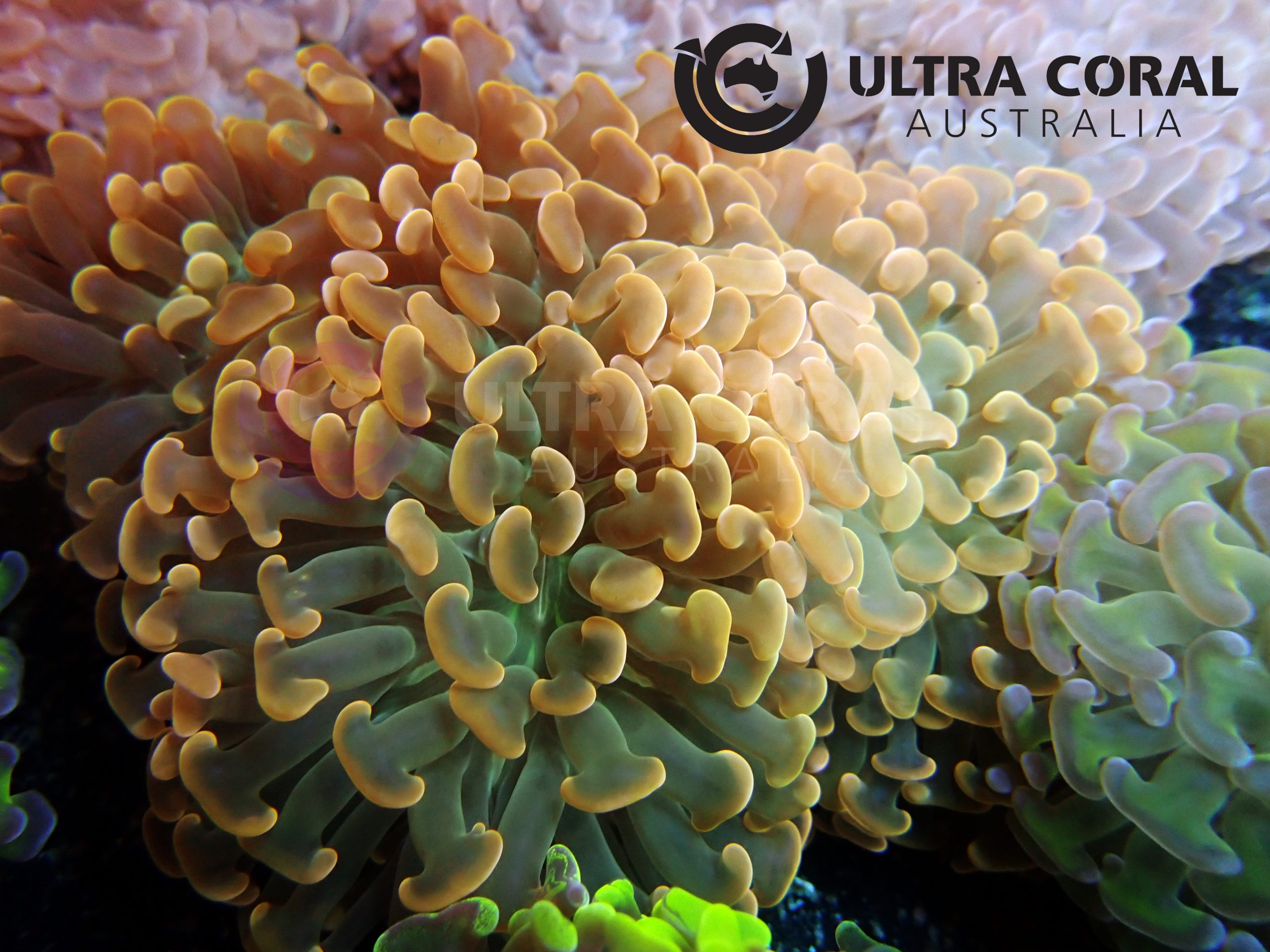

These habitats correspond to the corals we want to keep. To maintain corals in an aquarium we need to adjust the flow and lighting conditions to recreate particular ocean habitats. But when it comes to keeping these corals thriving in our aquariums, there is one important lesson to learn about these corals, by observing how they exist in the wild. The distribution of sGnRH, pjGnRH and cGnRH-II expressing neurons, is discussed.Euphyllia corals have grown to be one of the most iconic aquarium corals, the hammer type polyp, Euphyllia ancora, even earning its place as “coral of the year” back in 2014. In summary, three different areas with immunoreactivity to GnRH were detected in the pejerrey brain. As both antibodies have low crossreactivity to cGnRH-II, the data suggest that this group of cells express cGnRH-II. Two other antibodies (LRH13 and s1668) labeled the two nuclei corresponding to the forebrain but not the midbrain tegmentum.

Fibers immunoreactive to GnRH were detected in different brain areas: the olfactory bulbs, the ventral thelencephalon, the hypothalamus, the mesencephalic area and an important innervation entering into the pituitary gland. Three antisera (PBL#49, sGnRH#2 and cII741) revealed three different immunoreactive areas: the terminal nerve ganglion (at the junction between the olfactory bulbs and the anterior telencephalon), the preoptic area just anterior to the hypothalamus and the midbrain tegmentum. Four different policlonal antisera and a monoclonal antibody against different GnRH variants were applied on cryosections and visualized using the ABC method. In this study we investigated the distribution of immunoreactive GnRH in the brain of adult pejerrey.

The brain of the pejerrey (Odontesthes bonariensis) has recently been shown to contain three forms of gonadotropin-releasing hormone (GnRH): salmon GnRH (sGnRH), chicken GnRH-II (cGnRH-II) and pejerrey GnRH (pjGnRH), nevertheless neuroanatomical studies on the distribution of these peptides are lacking. In conclusion, the combination of one medium having similar physico-chemical characteristics to the seminal plasma, including pH 8.5, and supplemented with BSA can be used in different dilution ratios for the sperm’s short-term storage, preserving its motility capacity. After 1 week, the motility was approximately 30% in the media containing BSA, which presented no differences for head size of the spermatozoa (perimeter and area) until 72 h and 1 week, respectively. The viability (percentage of alive cells) did not show differences until 1 week, independent of the dilution ratio. Spermatozoa diluted in media at pH 6.5 cannot be activated at 24 h, while samples diluted in the diluents with pH 8.5 and added with BSA did not show significant differences with respect to the fresh sperm motility until 48 h. The results for diluents with pH 6.5 and 8.5 were different. At 24 h, undiluted samples already showed significant lower motility and viability than sperm samples diluted in the different media. The effect of the addition of bovine serum albumin (BSA, 2% w/v) was also evaluated. In the present study, several diluents were developed taking as basis the P1 medium, and using different dilution ratios (1 : 50, 1 : 100) and two pH (6.5, 8.5). Several diluents were previously described for the Japanese eel obtaining over 3 weeks’ conservation times under refrigeration, but they rendered bad results in the European species. These characteristics make difficult the sperm handling and its quality assessment. The sperm of European eel shows a high density and the time of spermatozoa motility is very short after activation with sea water.


 0 kommentar(er)
0 kommentar(er)
